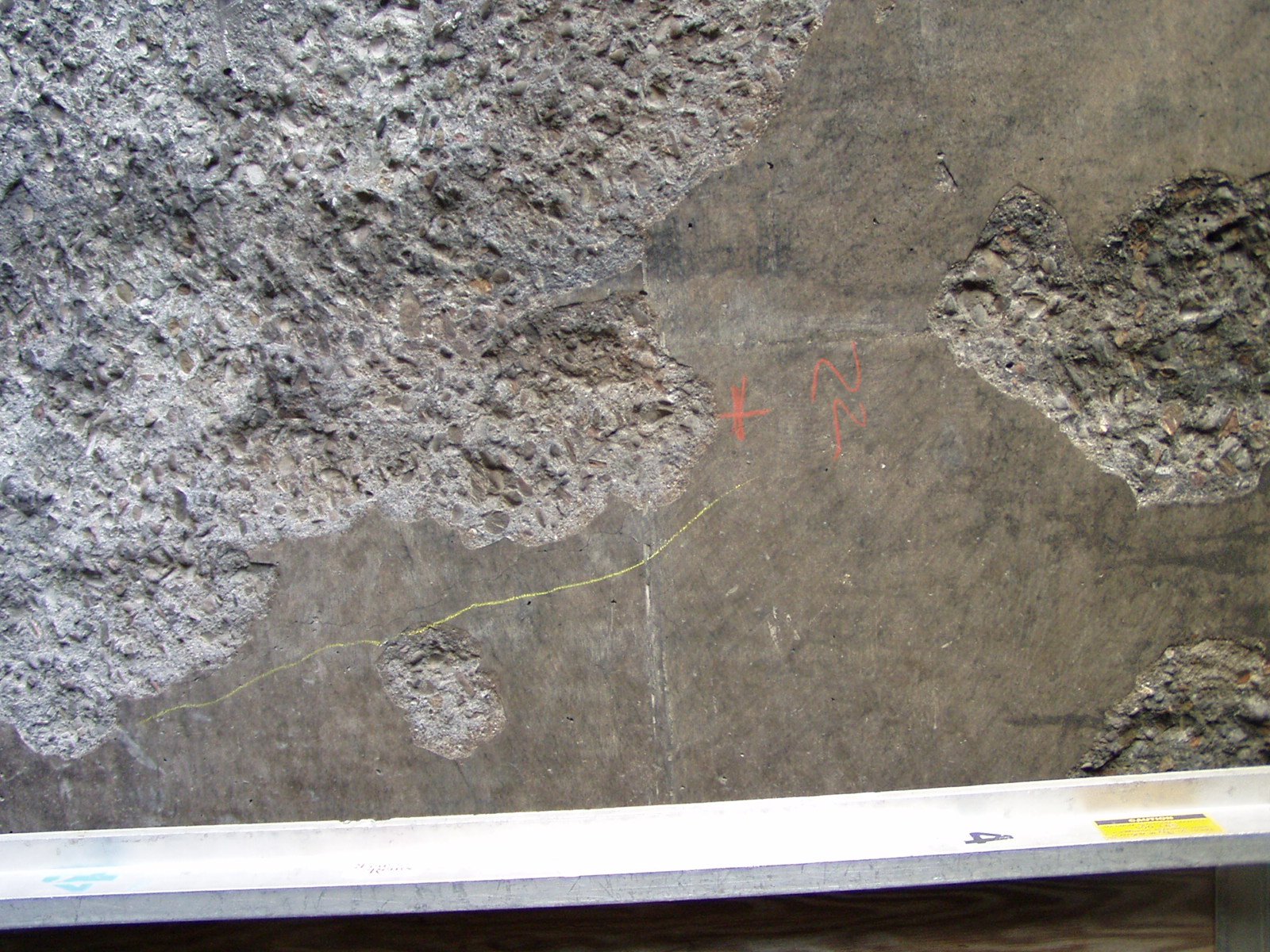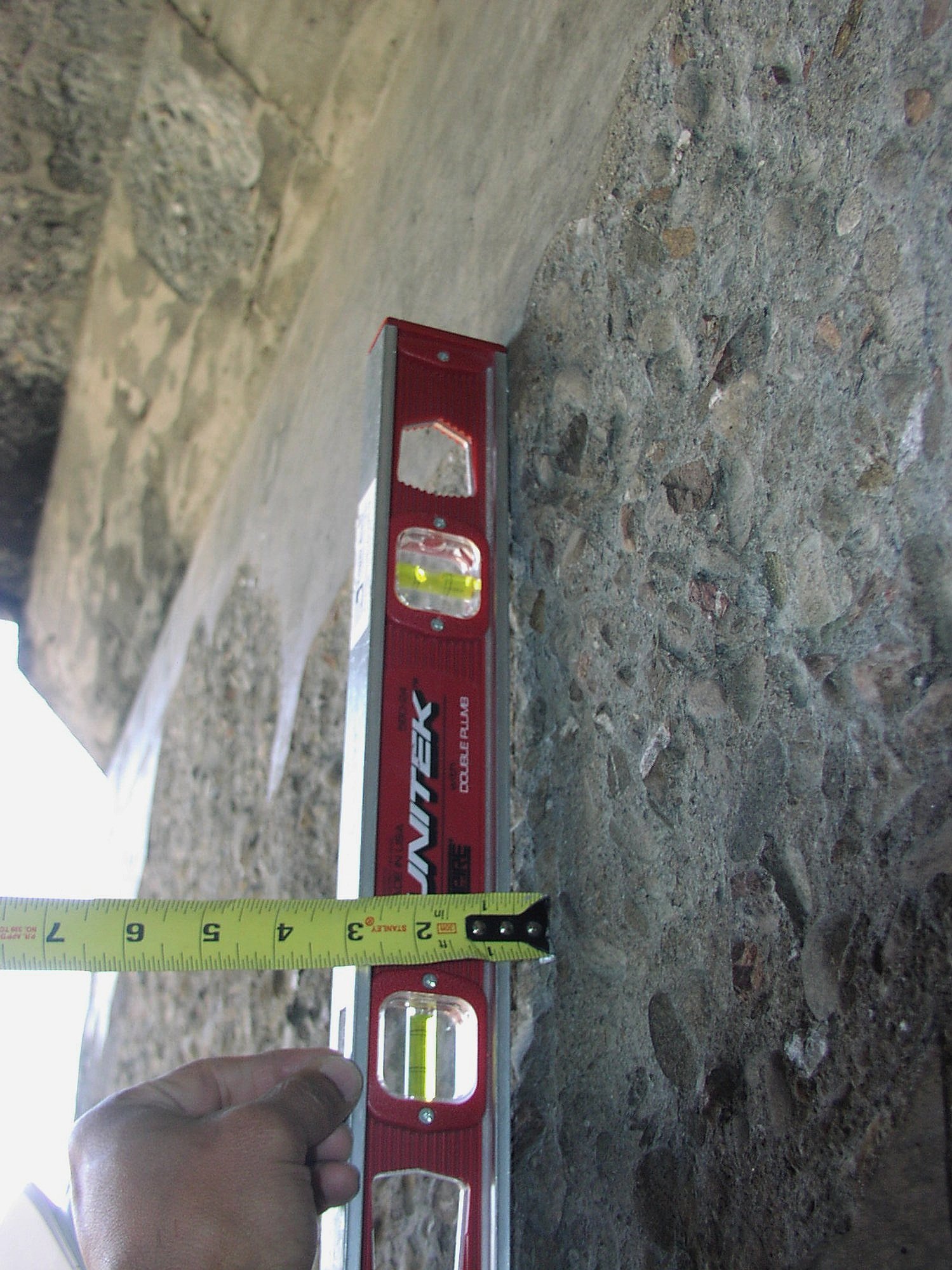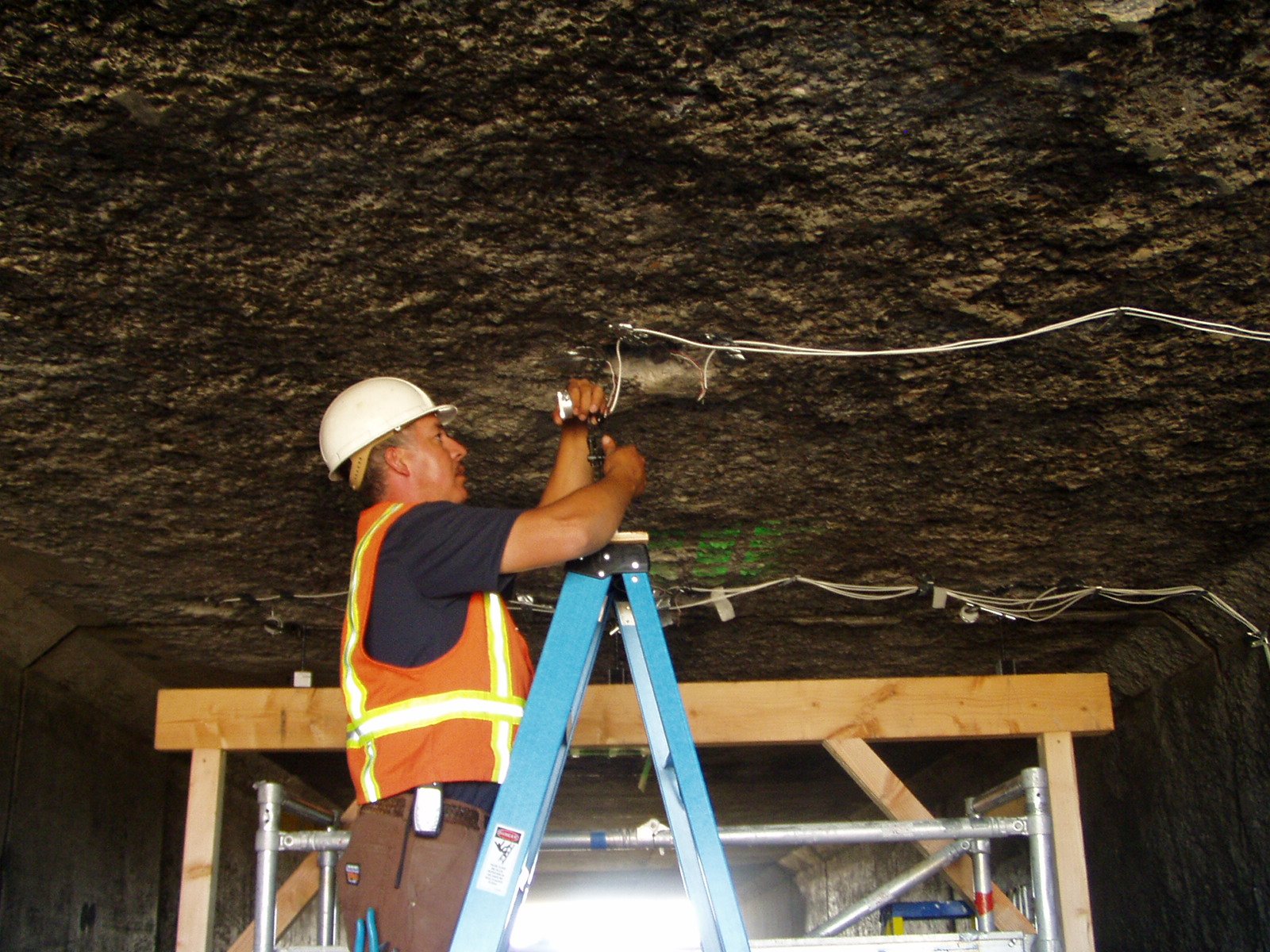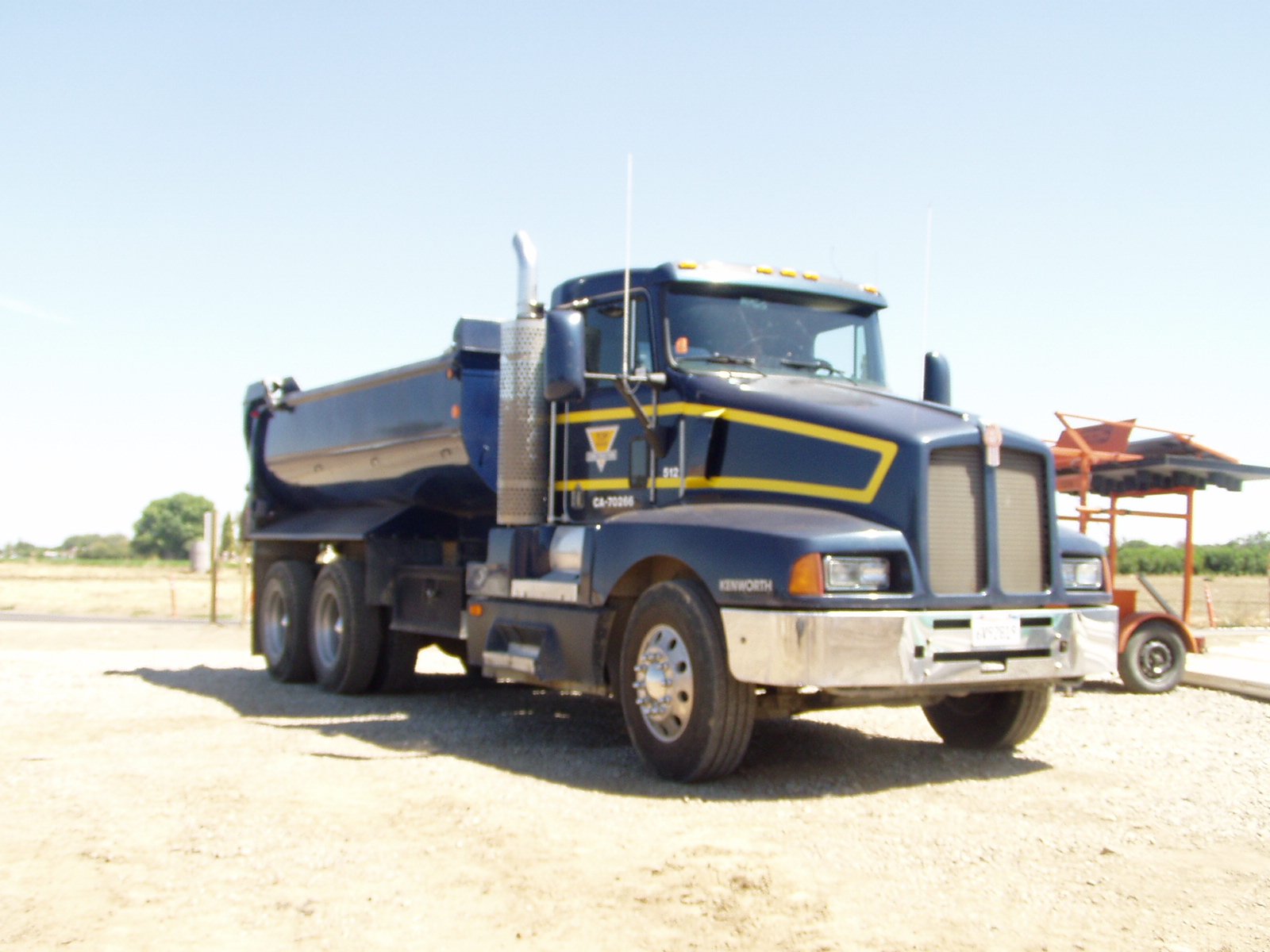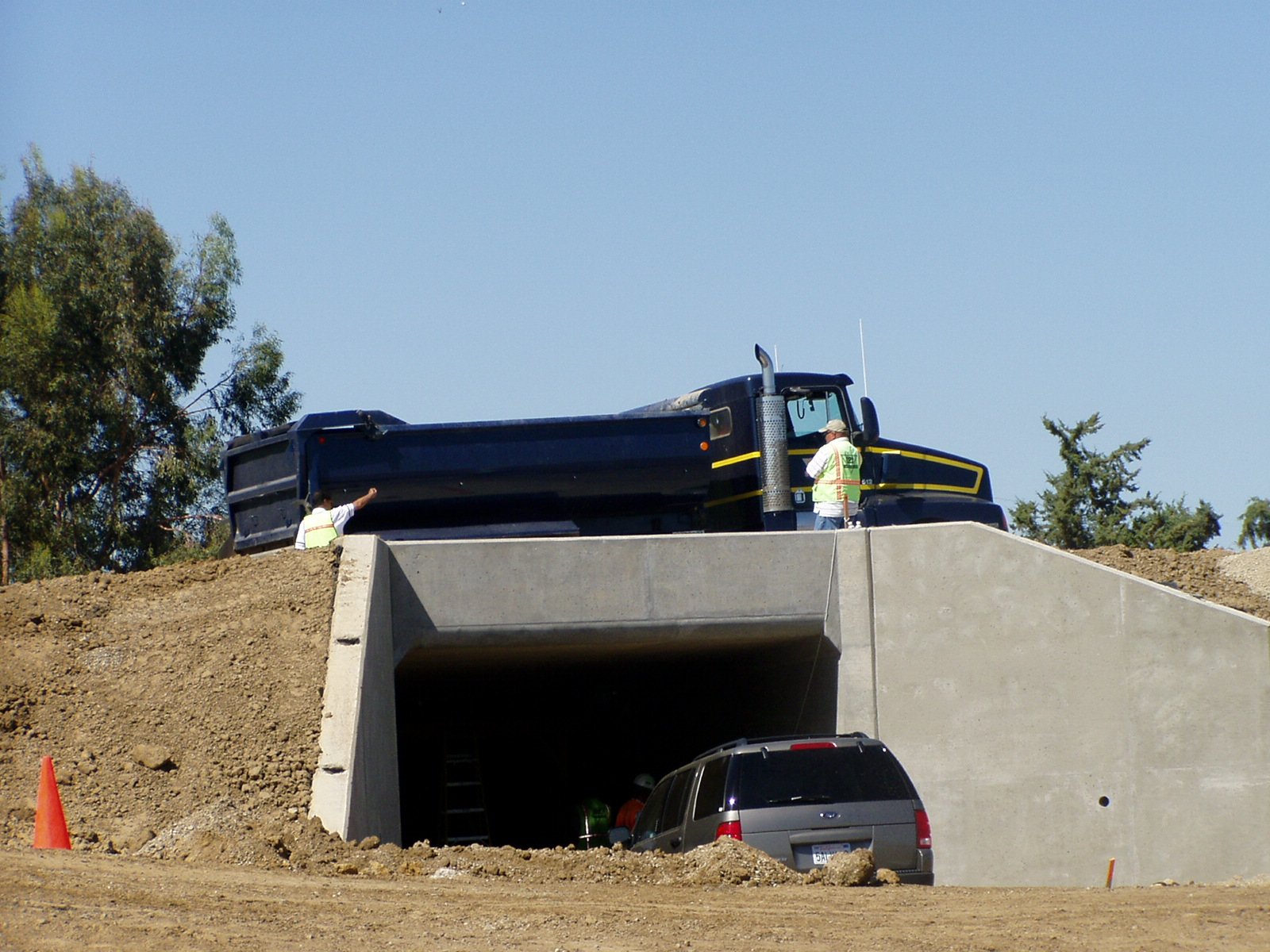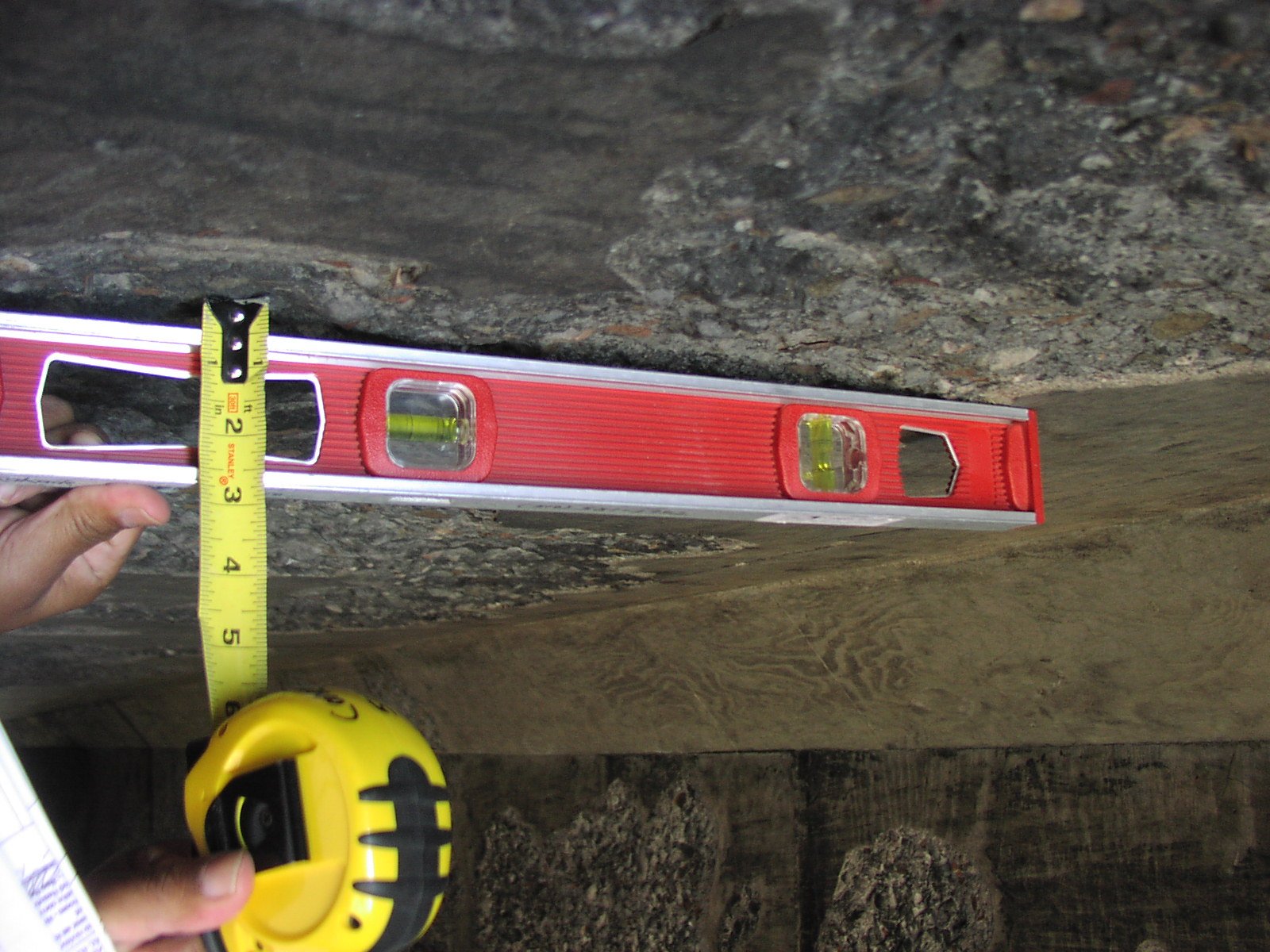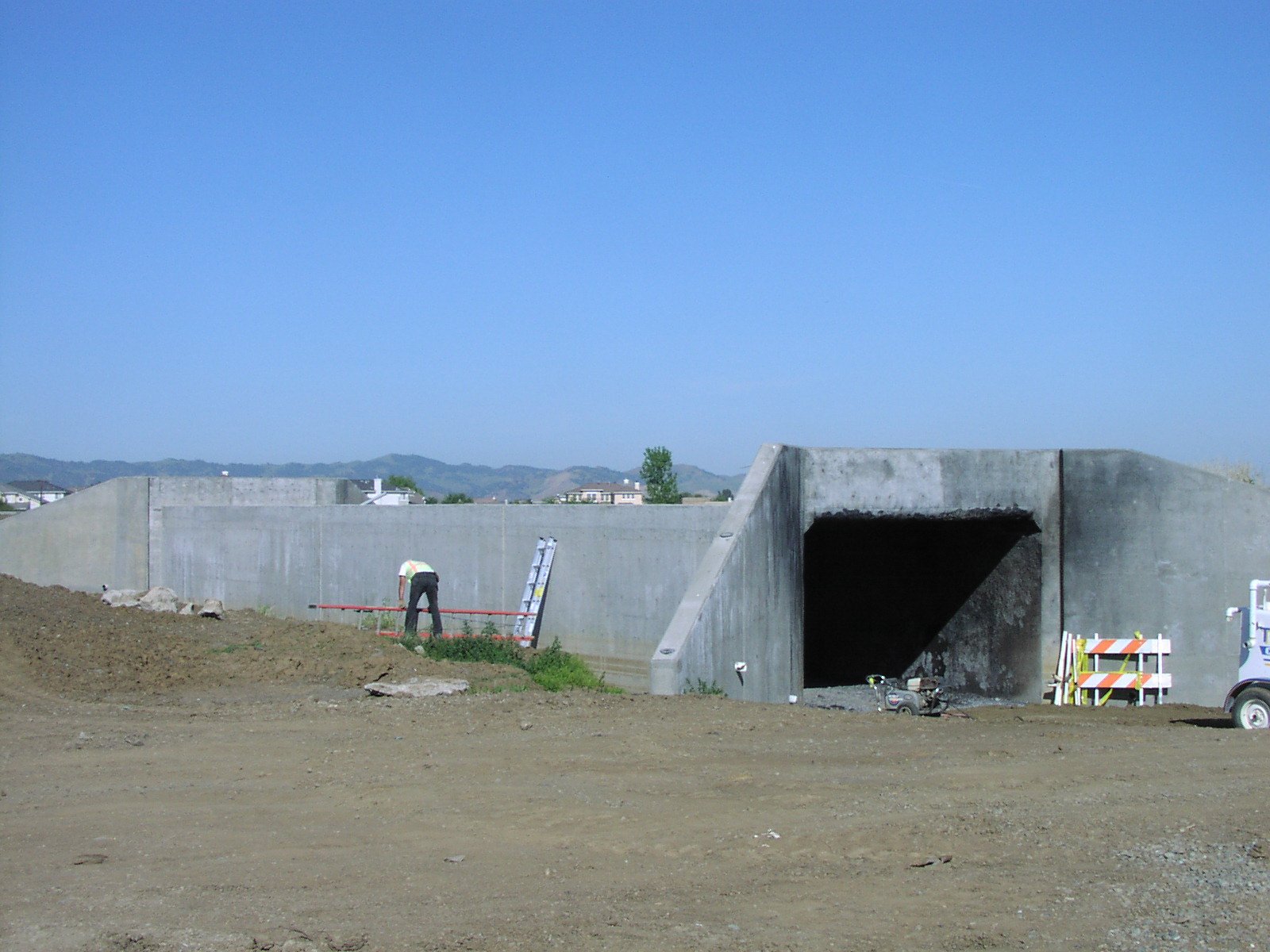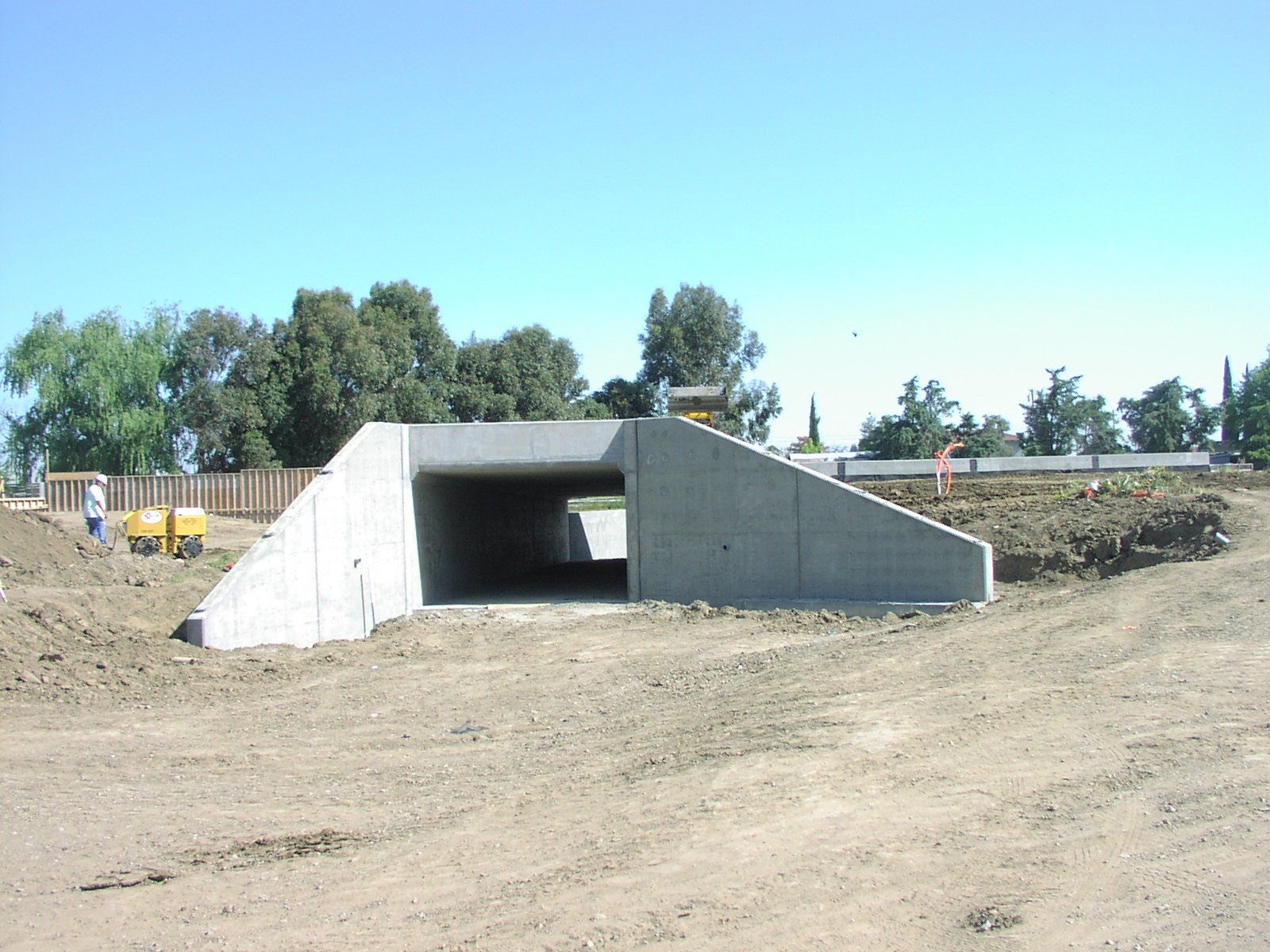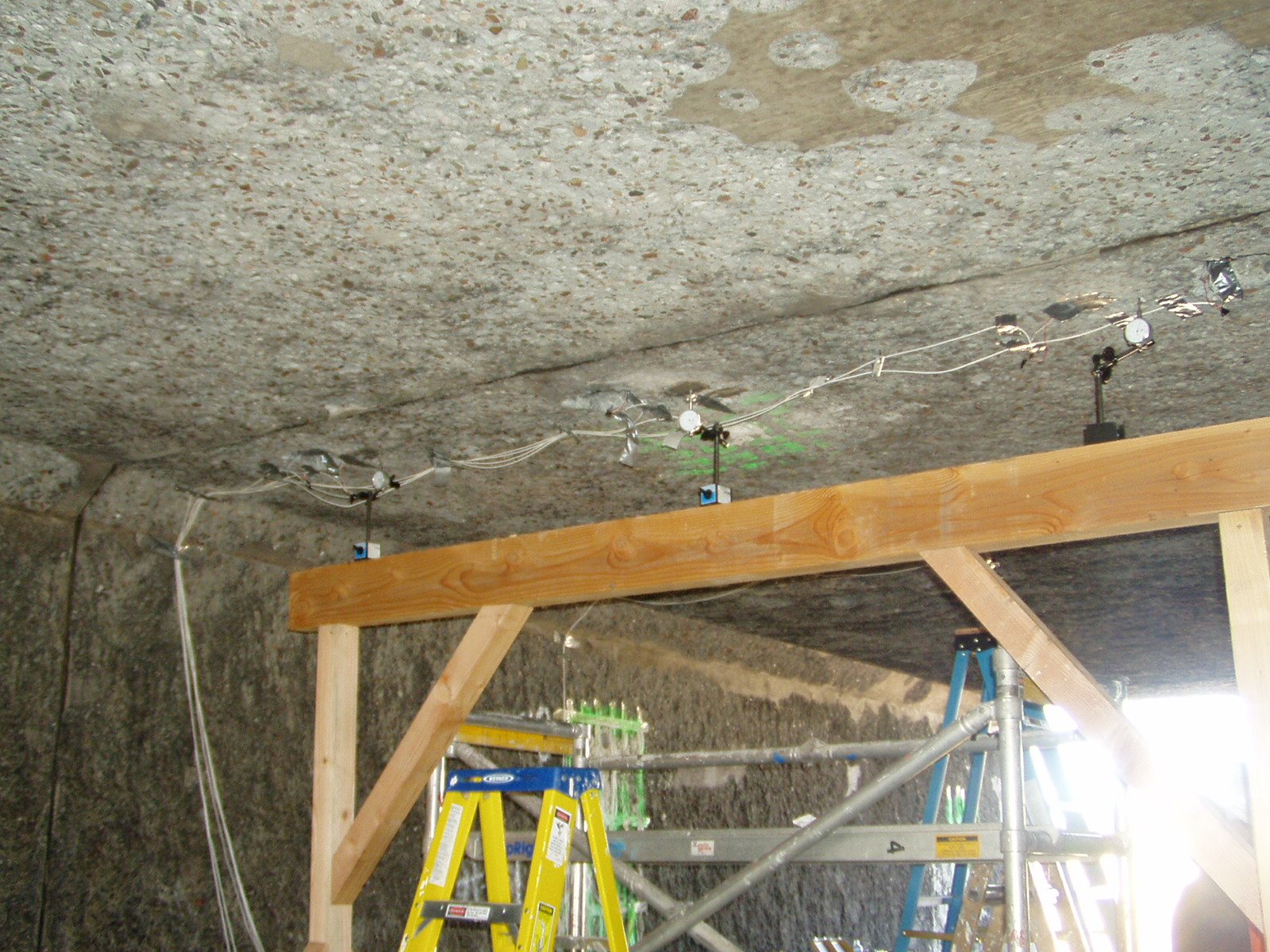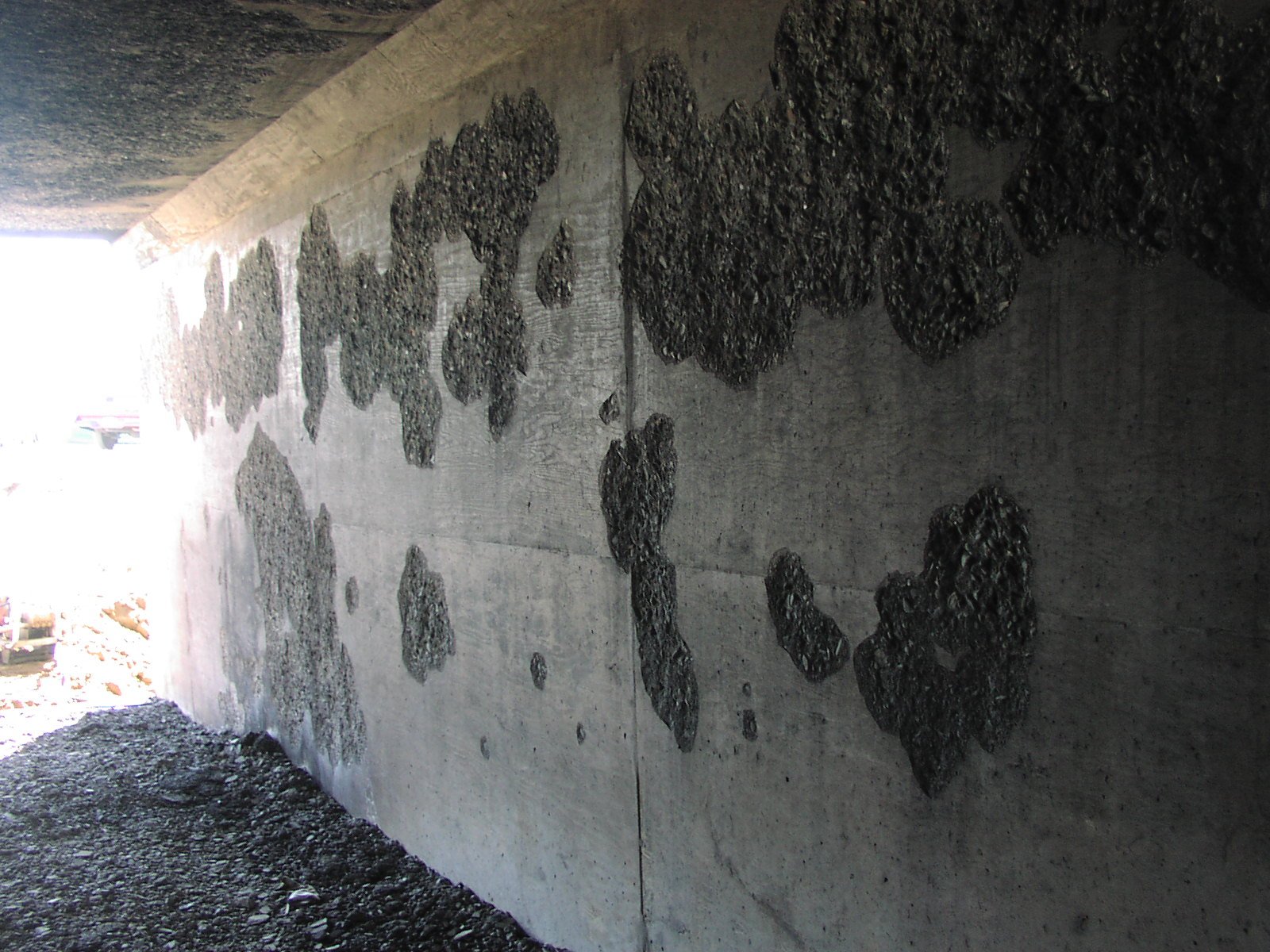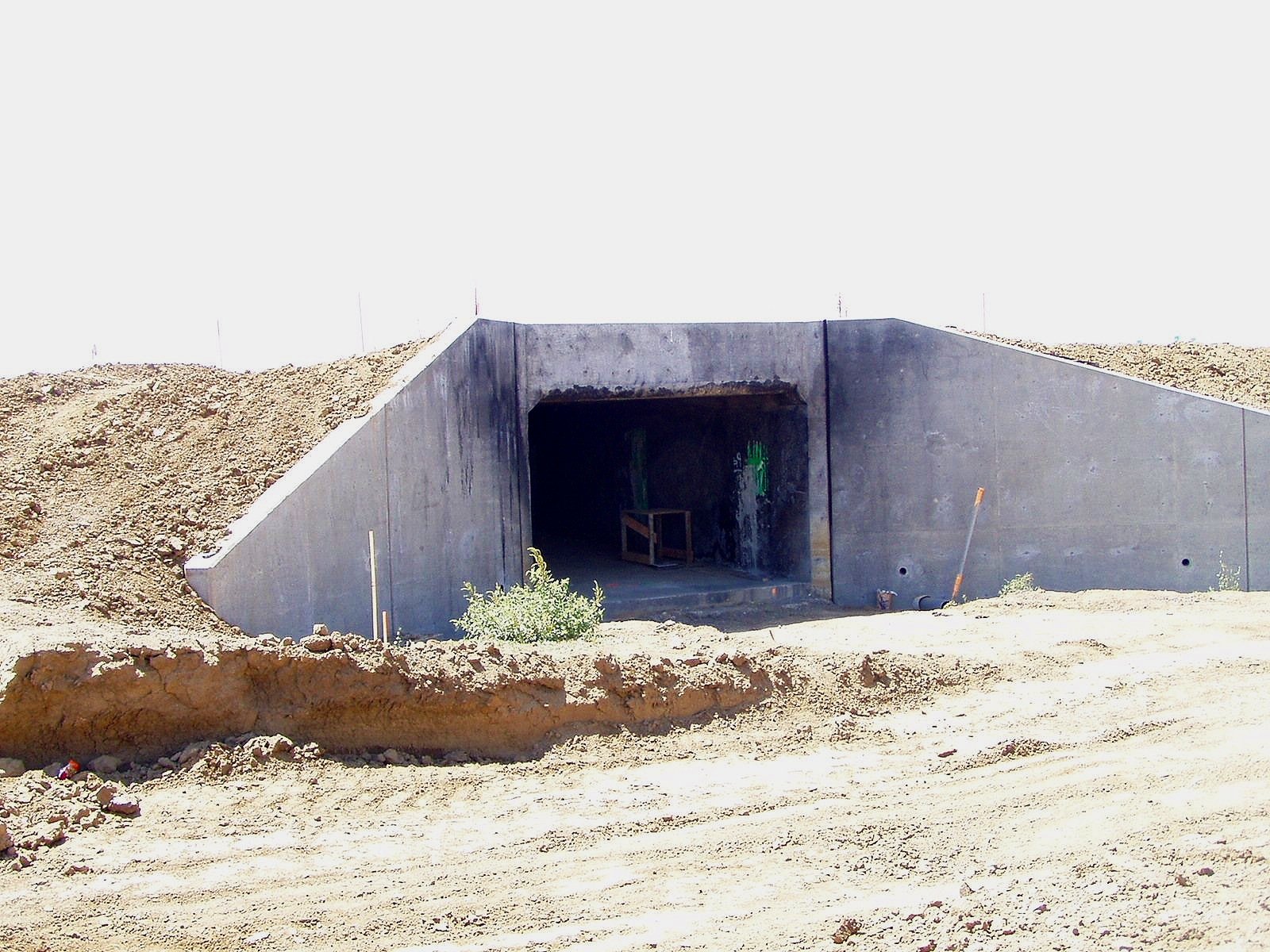
City Infrastructure - Fire Damaged Box Culvert
Overview
In the wake of fire damage to Box Culvert #2 at Sand Creek Road in Brentwood, California, the City of Brentwood sought technical guidance to assess structural integrity, evaluate potential risks, and support safe operation for continued use. Recognizing the critical nature of the structure, officials turned to Concrete Science® Inc., a leader in concrete inspection, rehabilitation, and structural assessment.
This case study highlights the methodologies employed during the assessment, the key findings regarding the fire-damaged Box Culvert #2 in comparison to the undamaged Box Culvert #1, and the recommended steps for restoring the structural integrity of the affected culvert. Through systematic testing and detailed analysis, Concrete Science® Inc. provided information so that the City of Brentwood received data-driven recommendations to make informed decisions regarding necessary repairs and long-term maintenance strategies.
Scope of Work
The evaluation process incorporated field testing to assess the extent of fire damage and structural deficiencies. Field investigations involved a thorough visual inspection, followed by non-destructive testing methods such as rebound hammer assessments to gauge surface hardness and ultrasonic pulse velocity testing to detect internal flaws. Static load testing was also conducted to evaluate the culvert's performance under various load conditions. These methods provided comprehensive data on the structural condition of the culvert, enabling a well-informed approach to determining necessary repairs and rehabilitation strategies. Key testing methodologies included:
Electrical strain gauges were installed to measure strain in steel and concrete reinforcements.
Mechanical dial gauges were positioned to monitor deflection in the roof slab during testing.
Five load conditions were applied sequentially using a tandem axle truck:
Empty truck.
One-third loaded truck.
Two-thirds loaded truck.
Fully loaded truck.
Empty truck again.
The tests allowed performance comparisons between the damaged and undamaged culverts under identical loads.
Strain and deflection readings were analyzed to identify structural integrity issues.
Higher strain and deflection readings in the damaged culvert highlighted areas requiring repair.
Key Findings
Strain in Steel and Concrete:
Strain measurements showed that the fire-damaged Box Culvert #2 consistently experienced higher strain in reinforcing steel than the undamaged Box Culvert #1.
Example: Under full load, strain in a key gauge was 162 micro-inches for the damaged culvert compared to 49 micro-inches for the undamaged culvert.
Deflection of Roof Slab:
The fire-damaged Box Culvert #2 exhibited significantly greater roof slab deflection compared to the undamaged Box Culvert #1.
Example: Deflection under full load at the center of the fire-exposed culvert was over three times as compared to Cuvert #1.
Structural Integrity:
Higher residual strains and more significant deflection indicated a relative loss in the structural capacity.
Solutions and Recommendations
Option 1: Perform non-structural repairs and conduct a load rating analysis to determine allowable loads.
Option 2: Undertake detailed structural analysis and testing to design targeted repairs for fire-damaged sections. Use the findings to address both short-term and long-term structural needs.
Option 3: If detailed analysis is infeasible, proceed with comprehensive structural repairs based on available data. Conduct post-repair load tests to confirm effectiveness and determine any need for additional strengthening.
Outcome
The fire-damaged Box Culvert #2 was identified as structurally deficient and temporarily closed to prevent further damage. Concrete Science® Inc. provided the City of Brentwood with actionable recommendations for remediation. By combining advanced testing techniques and engineering technical knowledge, we equipped stakeholders with the data needed to make informed decisions, supporting the safety and longevity of the culvert system.






